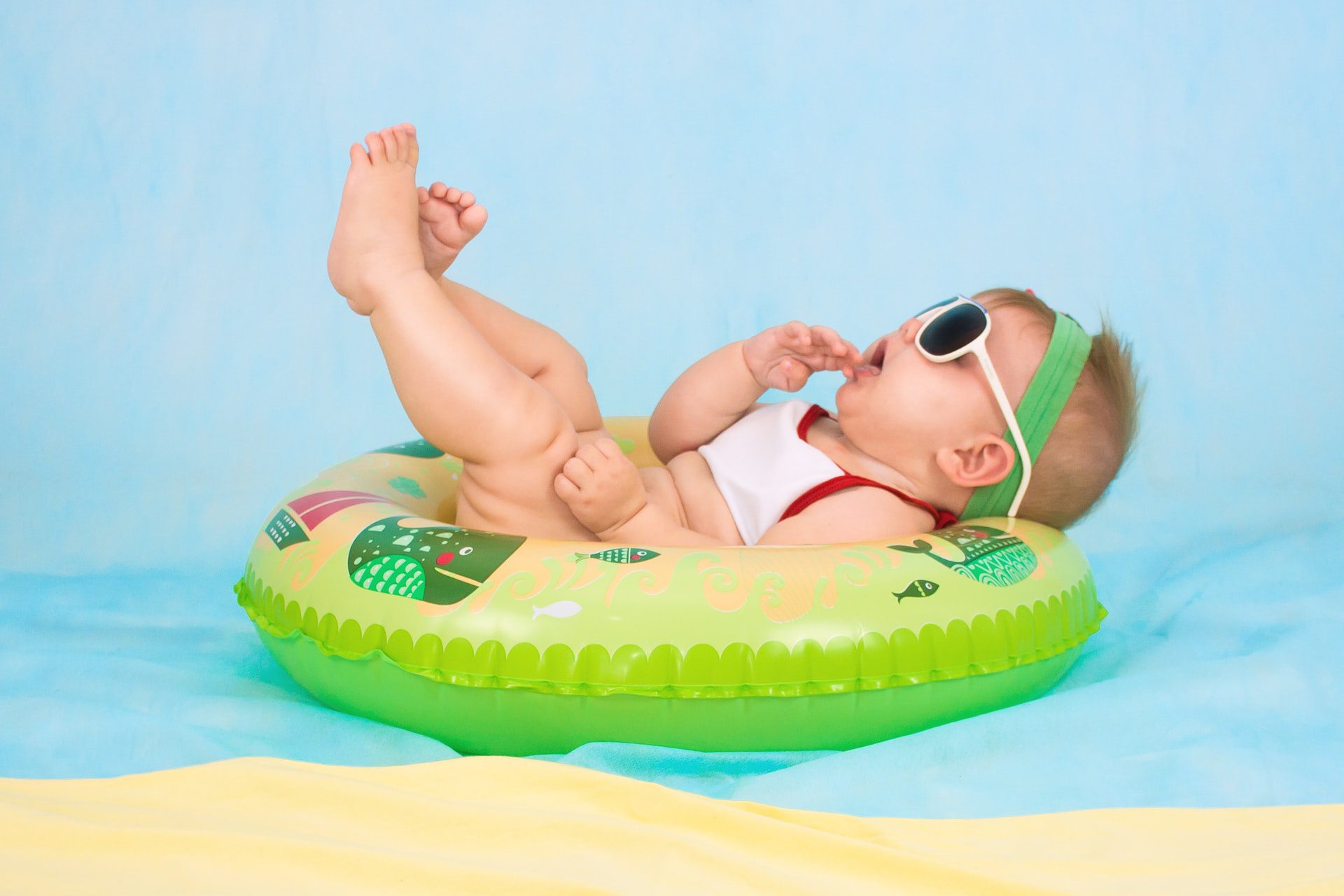When a new member of the family is on the way, there’s a lot to juggle. Everyone in the world and their aunt seems to have something to say about what you need to be doing and not doing in preparation. The following will explore how you can go about finding what baby products you need in time for the baby’s arrival.
Table of Contents
Take A Deep Breath
Before diving in, it is critical that you take a moment to breathe. You deserve it. You’ve got a lot on your plate and are being bombarded all day with advice from friends, family members, coworkers, strangers on the subway, and the plethora of loud and aggressive internet advertisements that are written so as not to appear to be advertisements. No one is going to understand your baby better than you do. This means it’s okay not to have everything ready for day one. It’s completely fine to take your time seeking out products, even if that means getting to know your baby first before you choose what type of carrier will work.
Find A Good Comparison Site
The internet allows you to do mad research, but in the interest of keeping things smooth and easy, why not find a site that has done all the research for you. Look for a website like Baby List Essentials that compares dozens of products by price, material, and quality to help you make those tougher choices. This will save you a ton of time.
Stop Shopping For Clothes
You are going to be given so many clothes it’s kind of silly. That’s the fun part of baby shopping, and that means everyone is going to buy you clothes. Plus, anyone you know who’s had a baby that’s bigger now will want to give away their old baby clothes that were used for maybe three months (babies grow super fast), but they can’t bear to just throw them away or donate.

Avoid Plastic
All that energy you saved from realizing you don’t have to shop for baby clothes? Apply it to avoiding plastic—all plastics. Just because something is BPA-free doesn’t mean it’s safe or healthy. BPA (bisphenol A) is just one of many industrial chemicals used to make plastic, it’s been readily studied, and so people know how bad it is, but BPA free plastic also contains di(2-Ethylhexyl) phthalate (also known as DEHP), which causes more damage to people’s genes than BPA according to a Harvard study. If you find yourself in doubt thinking: well, the FDA approved it, so it can’t be that bad, remember that the FDA approved cigarettes.
Avoid Toxic Products
Companies want you to buy all the baby shampoos and moisturizers and powders and the like because it makes them more money. The truth is, the majority of these products do more harm to your baby’s skin and health than good. Avoid anything with:
- Phthalates are super easily absorbed by the body and disrupt hormones; they are in tons of products, but legally company’s don’t have to advertise using them, so look for products labeled phthalate-free with a full list of ingredients. Commonly phthalates are listed as: BBP (butyl benzyl phthalate), DBP (di-n-butyl phthalate), DEHP (di-2-Ethylhexyl phthalate), DEP (diethyl phthalate), and DiNP (di-isononyl phthalate).
- Parabens are easily absorbed by human skin (methylparaben, butylparaben, ethylparaben, you must take, and propylparaben are the most common, but again companies don’t have to advertise their use, so look for products labeled paraben-free.
- Sulfates, SLS, and SLES, are the additive that makes products lather up all bubbly (which, contrary to popular belief, doesn’t improve cleanliness; this was an advertising gimmick that got out of hand in the 50s). Sodium Lauryl Sulfate and Sodium Laureth Sulfate are two of the most common, and they irritate the eyes, skin, and lungs and have been shown to cause cancer in animals.
- Oxybenzone is the chemical used in sunscreen that allows the sunblock to look clear on the skin. It’s readily absorbed by the human body and is highly toxic, causing hormone disruption, damaged cells which could lead to cancer and reproductive issues (studies are finding it’s worse for you than BPA). Look for these common ingredients: oxybenzone, avobenzone, octisalate, homosalate, and octinoxate.
Cover The Basic Needs
What are the basics? Nappies (cloth or disposable is your choice, but be sure to investigate the materials they’re made out of), a car seat that meets the latest regulations, something for baby to sleep in (take your pick between a crib, bassinet, Finnish baby box, Moses basket, or co-sleeping aids), and something to carry the baby in (a sling, backpack, pram, or stroller). All the rest is fun but not actually necessary.
The above information should have helped you narrow down your baby shopping list and determine how to find high-quality, safe products for your new family member. Again, it’s okay if the shopping process takes time.
Featured Photo by Valeria Zoncoll on Unsplash




